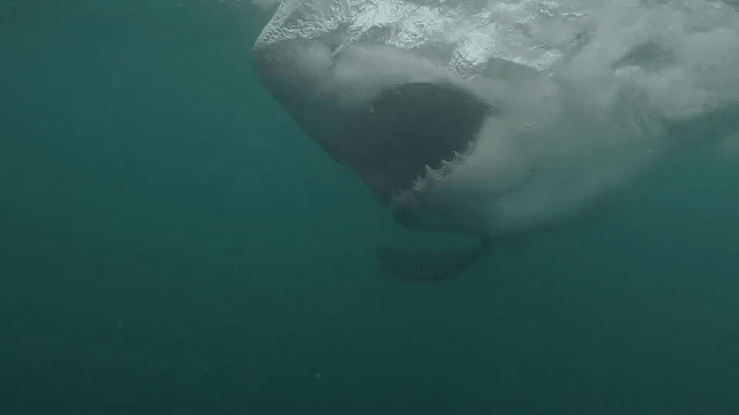
Nov 19, 2023 Big Fish Populations and Ecosystem Health
WellBeing News has carried several articles describing specific fisheries’ rise and fall. Perhaps the most notorious overfishing example of a once-abundant fishery is cod’s collapse and prolonged, slow recovery in the northwest Atlantic. But there are many other examples of the impact of over-fishing. Fisheries off North American, South American, and Southern African coasts have all experienced boom and bust cycles. There are also indications that populations of large predators in ocean ecosystems may be collapsing. In 2003, two scientists at Dalhousie University in Canada published a short article in Nature reporting that studies of Pacific populations of big fish found that the size of fish caught fell dramatically once industrial fishing began. For example, the biomass of swordfish, tuna, and other large ocean predators typically fell by 80% or more in the fifteen years following the beginning of industrial fishing. But it is not easy to track changes in the populations of large ocean predators that range widely across the ocean, as exemplified by the current debate in South Africa over a reported decline in the numbers of great white sharks off the coast of South Africa.
Great white sharks are the focus of a top-rated tourist attraction in False Bay, just south of Cape Town. Tourists are placed in iron cages and then lowered over the side of the tourist boat into the sea, where great white sharks congregate. The enclosure protects the tourists who have a close and personal interaction with a curious great white. However, over the last few years, tourist experiences have suffered because the population of great whites in False Bay has crashed, and tourists can no longer be virtually guaranteed an encounter with a great white.
There is little agreement on the cause of the absence of great whites. One popular explanation is the appearance of two orcas (named Port and Starboard because their dorsal fins bend opposite ways) in False Bay in the last few years. Orcas are predators of sharks, and several great white carcasses have washed up on the shores of False Bay with signs of orca predation (specifically, their livers – a favorite orca target – were removed). However, great white numbers declined before the orcas appeared in False Bay. Some have suggested that fishing for sharks may cause the decline. In 1991, South Africa formally protected great whites, but the species is slow to mature and reproduce. The annual removal of even a few (e.g., 20) great white females could negatively affect recruitment and overall trends in their population (estimated at being somewhere between a few hundred to a thousand individuals) in South African waters.
Sharks globally are under significant threat. There are just over 1,000 species of sharks and rays (belonging to a group of cartilaginous fish whose skeletons are composed of cartilage rather than calcified bone). Sharks grow more slowly, mature later, and produce fewer young than other marine species. This indicates that sharks need greater conservation protection than other fish species. However, existing management plans for sharks have not been particularly effective.
It may also be a surprise that sharks and other large marine creatures play a role in mitigating the threat of climate change. When a sizeable marine organism – e.g., a whale, a shark, or a large fish – dies, its carcass falls to the ocean floor, where its carbon becomes incorporated into the sea floor food web. Such “blue” carbon in the ocean is an important means of removing atmospheric carbon dioxide, thereby mitigating climate change. However, whale and big fish populations are much smaller today than before industrial whaling and fishing began. Our World in Data has produced a report on the current biomass of specific fish stocks. While the estimated biomass of global tuna populations in 2016 is around one-quarter of what it was between the two World Wars, all tuna stocks show signs of recovery. However, the estimated global biomass of sharks and rays has fallen precipitously since 2010.
One challenge to improving ocean conservation has been the lack of an agreed international governance structure for managing the high seas (the ocean areas that fall outside national economic exclusion zones that cover around half the planet’s surface). A 2016 report by the Pew Charitable Trusts identified 19 governing bodies with a high seas mandate, but most focused only on fisheries management. In 2023, the UN agreed on a new international agreement establishing a comprehensive governance structure to protect the high seas, identified by Sweden as the most important international agreement since the 2015 Paris Agreement on climate change. The treaty provides a legal framework to create marine protected areas and other area-based management of the high seas. However, the treaty’s language must be finalized, and negotiators must still persuade their countries to adopt the treaty formally. So far, 83 countries have signed the treaty (indicating a commitment to seek formal ratification), but no country has yet ratified it.
Video: White shark | Credit: Sea Candy Media


